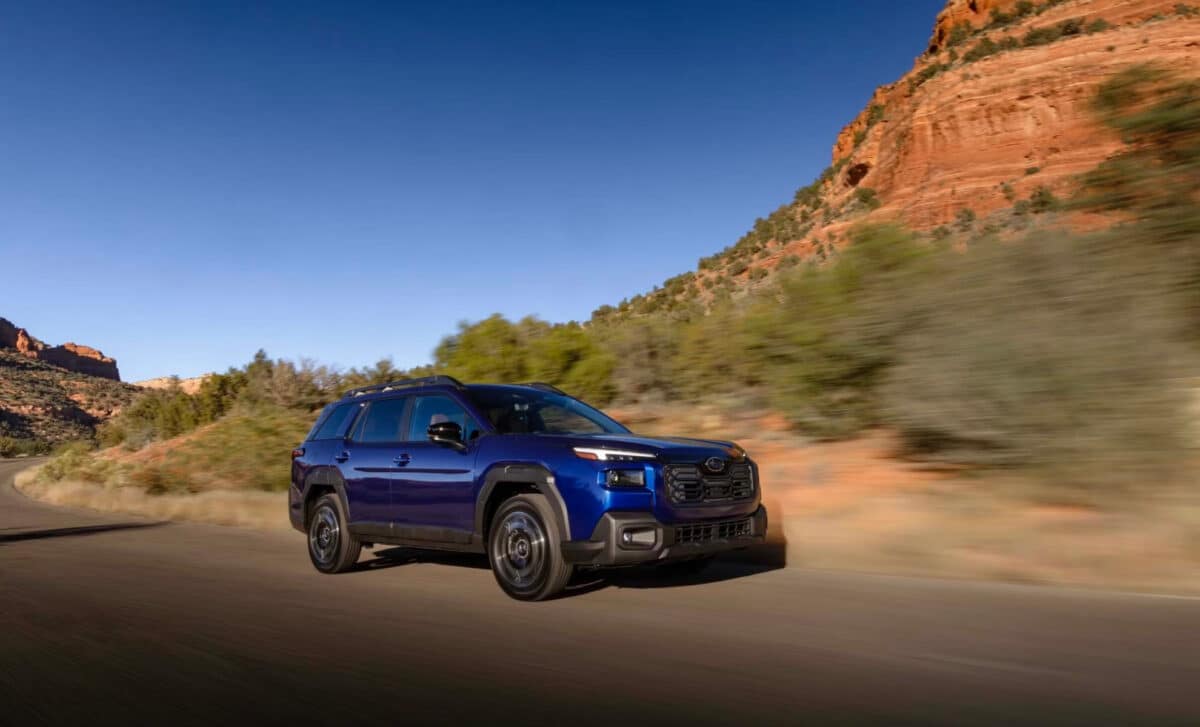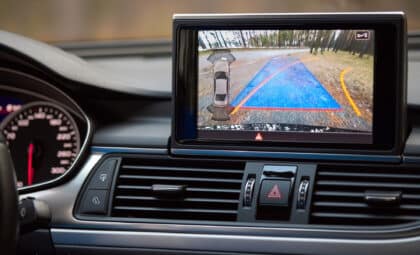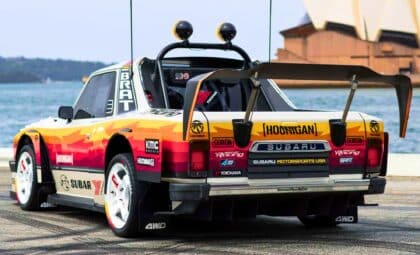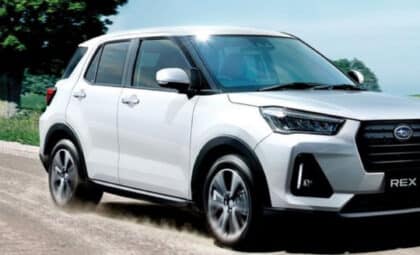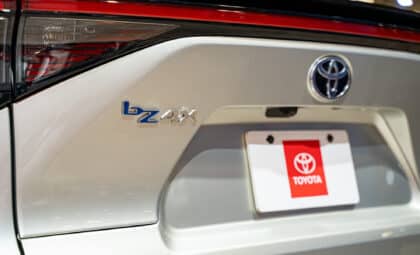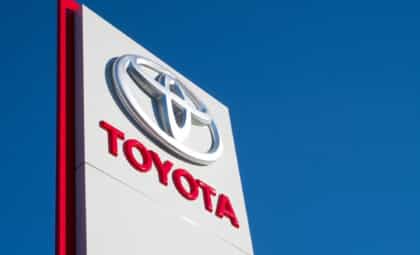For three decades, the Subaru Outback has carved out a niche for itself as a rugged, SUV-inspired wagon. Its loyal fan base has grown steadily since its debut in the 1990s, with the model becoming one of the few wagons left in the U.S. market.
However, the 2026 Outback represents a break from its past, as the latest iteration adopts a more traditional SUV appearance and dimensions. While Subaru has made notable improvements in areas like interior design and technology, the shift in character may leave some questioning what makes the Outback special.
A Shift Toward Traditional SUV Styling
The 2026 Outback’s design marks a clear departure from its wagon-like roots. The new model adopts a boxier, more upright profile, with a blunt front end, squared-off headlights, and a taller stance. According to Car And Driver, these changes reflect broader industry trends but move the Outback further away from its original identity.
Gone are the sleek, swoopy lines of previous generations; instead, the Outback now looks more like any other mid-size SUV on the market. While this may help Subaru appeal to a broader audience, it risks losing the quirky charm that made the Outback stand out in the first place.
Despite the larger visual presence, the Outback’s dimensions have remained mostly unchanged. Its length, width, and wheelbase are similar to previous models, and the biggest change is a slight increase in height, which boosts headroom and rear passenger comfort.
However, the dramatic shift in styling may leave longtime fans nostalgic for the more wagon-like proportions of earlier Outbacks. The redesigned model still offers ample cargo space, with an additional two cubic feet behind the rear seats, but the distinct wagon feel is now barely perceptible.
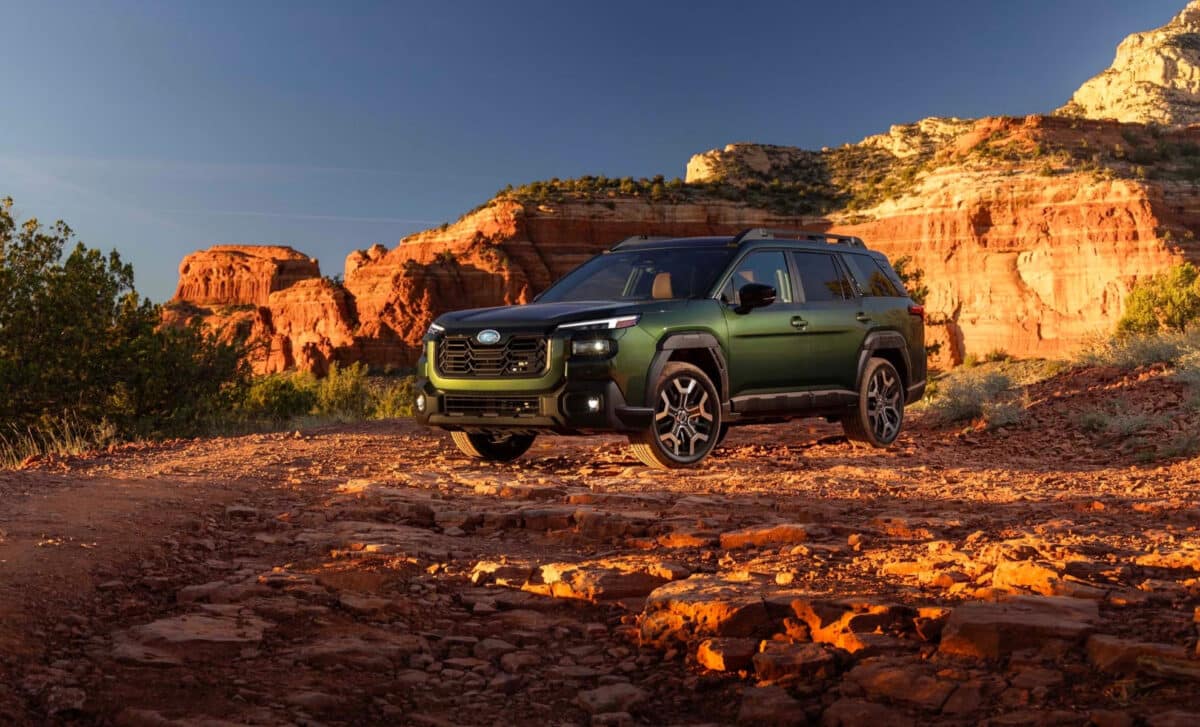
Interior Features and User-Friendly Tech
Subaru’s focus on practicality shines through in the 2026 Outback’s interior design. The company has spent considerable time improving small but significant elements, such as cupholders, cargo hooks, and roof-rack crossbars.
The new Outback features thoughtful touches like bottle holders that accommodate larger containers, cord organizers near charging ports, and a versatile cargo cover that can be configured in different ways, including a hammock-style pouch. These details are meant to appeal to the practical-minded buyers who have long been attracted to the Outback’s utilitarian appeal.
The 2026 model also introduces a larger 12.1-inch horizontal touchscreen, which replaces the previous vertically oriented display. The new setup offers improved software and is more responsive than before, with simpler menus and faster response times.
In addition to the touchscreen, Subaru has reintroduced hard buttons and knobs for key functions like climate control, making the vehicle easier to operate without having to navigate through menus. This shift addresses a common complaint from previous models, where too many features were buried within the touchscreen interface.

Performance and Driving Experience
When it comes to performance, the 2026 Outback sticks with the familiar. The base model retains its 2.5-liter flat-four engine, producing 180 horsepower, while the turbocharged 2.4-liter engine in the XT models ups the output to 260 horsepower. However, despite these updates, the driving experience remains somewhat lackluster.
While engine noise is well isolated, acceleration feels sluggish, especially with the base engine. The turbocharged version provides a bit more power but suffers from uneven delivery, with a noticeable turbo lag exacerbated by the continuously variable transmission (CVT).
On paved roads, the Outback’s ride remains smooth, but the steering feels vague, and body roll is evident, especially on tight corners. The Outback’s handling is not as sharp as some of its competitors, and it often feels larger than it is due to the loose steering and soft suspension.
On the plus side, Subaru has designed the Outback with off-roading in mind. The model offers 8.7 inches of ground clearance, with the Wilderness trim pushing that figure to 9.5 inches. Even with standard all-season tires, the Outback performs admirably on gravel, sand, and other challenging terrains, making it a solid choice for outdoor enthusiasts.
Pricing and Market Position
The 2026 Outback’s price has increased significantly compared to previous models. The base Premium trim starts at $36,445, which is a notable jump from earlier models. At the top end, the fully loaded Touring XT approaches $50,000.
This increase in price could make it harder for the Outback to compete with rivals in the mid-size SUV segment, particularly when many competitors now offer hybrid powertrains or third-row seating options at similar price points.

